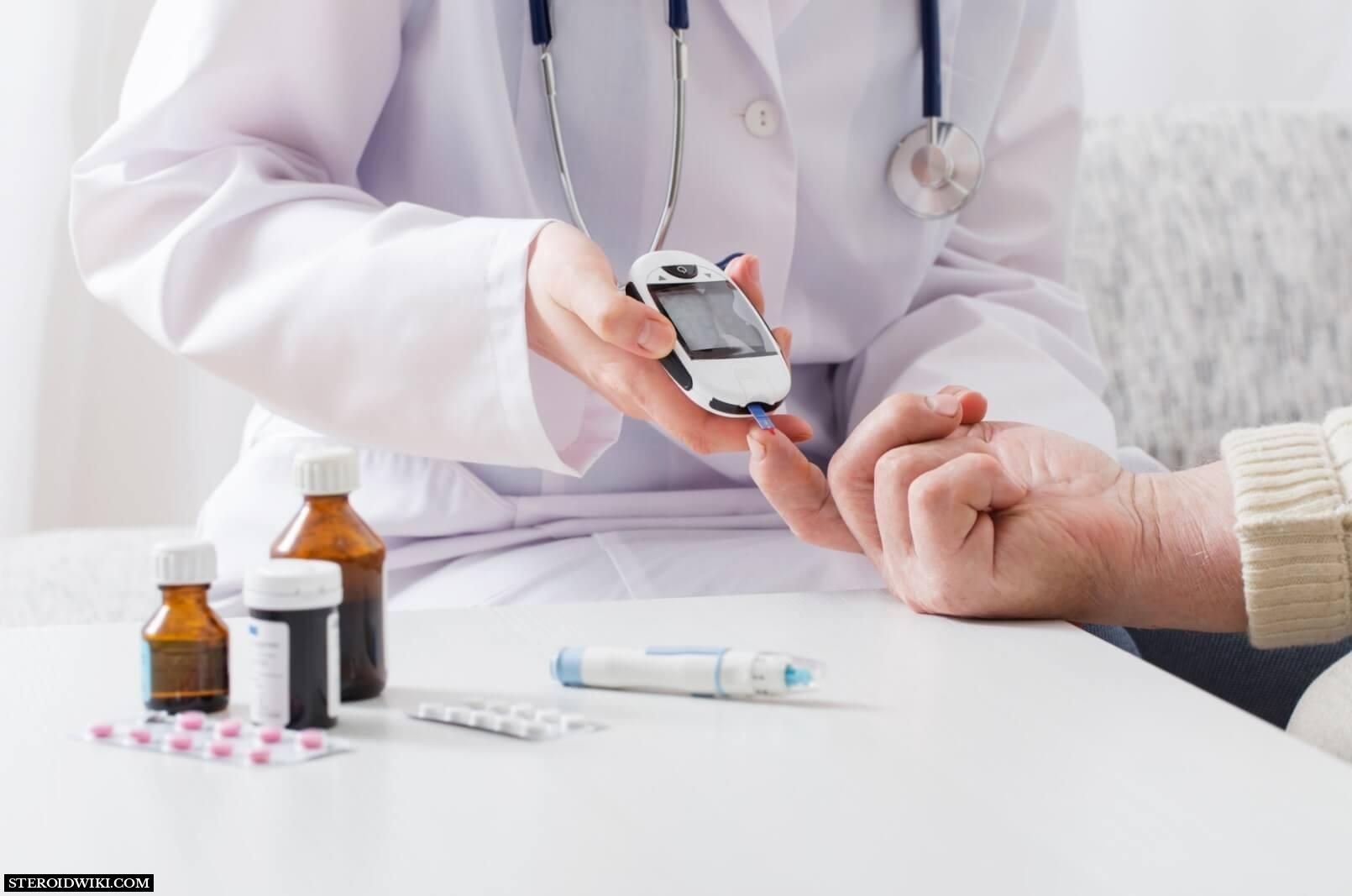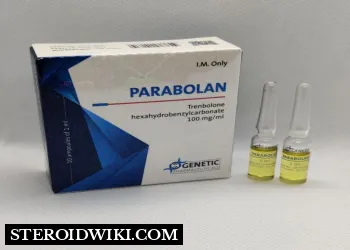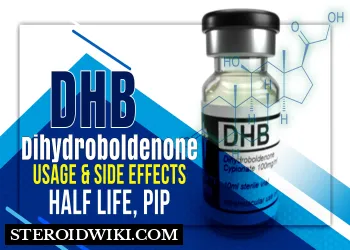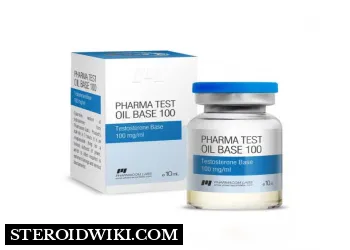GLP-1 agonists : A Comprehensive Guide
Table of Content
- What are GLP-1 agonists?
- How do GLP-1 agonists work?
- When do we need this medication?
- GLP-1 agonists for Type 2 diabetes
- GLP-1 agonists for obesity
- How often do you take GLP-1 agonists?
- Benefits of GLP-1 Agonists
- Side effects of GLP-1 Agonists
- GLP-1 agonists and allergic reactions
- GLP-1 agonists and pregnancy
- GLP-1 agonists and hypoglycemia
- References
What are GLP-1 agonists?

A class of drugs known as GLP-1 agonists primarily assists in controlling blood sugar, or glucose, levels in individuals with Type 2 diabetes. GLP-1 agonists can be used to treat obesity. Most GLP-1 agonists are injectable drugs, which means you use a needle and syringe to inject a liquid drug. The injections are administered subcutaneously into the fatty tissue immediately beneath your skin. You can provide injections to the following parts of your body: the backs of your arms, upper buttocks, outer thighs, and belly.
Other names for this medication class include:
- Glucagon-like peptide-1 agonists.
- GLP-1 receptor agonists.
- Incretin mimetics.
- GLP-1 analogs.
Obesity and Type 2 diabetes cannot be treated with GLP-1 agonists alone. Other therapeutic approaches, such as dietary and lifestyle modifications, are necessary for both disorders.
List of GLP-1 agonists
Below are the GLP-1 agonist medications that are currently available in market:
- Dulaglutide
- Exenatide
- Exenatide extended-release
- Liraglutide
- Lixisenatide
- Semaglutide injection
- Semaglutide tablets
There’s also a similar class of medications called dual GLP-1/GIP receptor agonists. There’s currently one of these medications on the market. It’s called Tirzepatide.
How do GLP-1 agonists work?
Understanding the action of the naturally occurring GLP-1 hormone is helpful in understanding the action of GLP-1 agonists.
Medication that mimics this hormone is known as a GLP-1 agonist. When referring to pharmaceuticals, an agonist is a synthetic material that binds to a cell receptor and has the same effect as a chemical that occurs naturally. Stated differently, GLP-1 drugs work by binding to GLP receptors to initiate the functions or effects of GLP-1 hormone. The effects become more intense with larger GLP-1 agonist dosages.
The drugs for Type 2 diabetes assist control blood sugar levels by stimulating the production of more insulin by the pancreas. Additionally, the slower digestion lessens blood sugar surges.
GLP1-agonists provide a satiety effect that decreases hunger, desire, and food intake. Loss of weight is often the outcome of these combined actions. [1]
When do we need this medication?
Healthcare providers or doctors usually prescribe this for two conditions:
- Type 2 diabetes
- Obesity
GLP-1 agonists for Type 2 diabetes

The FDA approves GLP-1 agonists for use in the treatment of Type 2 diabetes (T2D). This is as a result of GlP-1 agonists' ability to reduce blood sugar. Other forms of diabetic medicine exist, such as oral (given orally) drugs. Metformin is the standard oral medicine for the treatment of type 2 diabetes. However, in the following scenarios, your doctor might suggest a GLP-1 agonist:
- Metformin isn't managing your diabetes well.
- You are contraindicated to metformin; therefore, taking it is harmful for you.
- Your target A1C is higher than your current one.
- You have additional medical issues, such as atherosclerosis, heart failure, or chronic renal disease, and you haven't attained your goal A1C level within three months of treatment.
But it's critical to keep in mind that the best treatment for type 2 diabetes is not only medications but involves a combination of different therapies, such as:
- Lifestyle and diet modifications.
- Exercise.
- Medications.
Together, you and your healthcare provider will determine a treatment plan that works best for you. Providers often prescribe GLP-1 agonists with other medications to achieve the best blood glucose management.
GLP-1 agonists for obesity

The FDA has currently approved the use of high-dose liraglutide and semaglutide to treat obesity. This is as a result of the weight loss effects of these GLP-1 agonists. Being obese is a long-term medical condition characterized by a body mass index (BMI) of 30 or greater.
If reducing weight can assist control the coexisting disorders, healthcare practitioners may also prescribe high-dose liraglutide or semaglutide to patients who are overweight in addition to other medical conditions. A BMI of 25 to 29.9 indicates that you are overweight. Being obese is a complicated illness. Multiple therapy, such as dietary modifications, exercise, and medication, are frequently necessary for effective control.
Therefore, discuss with your healthcare practitioner if a GLP-1 agonist is appropriate for you if you are obese or overweight.
How often do you take GLP-1 agonists?
Your healthcare provider will tell you when and how often to take your medication (usually injections). But, in general, the frequencies of the injections are:
Benefits of GLP-1 Agonists

GLP-1 agonists may have other advantages beyond lowering blood sugar and weight loss, such as:
- Lowering blood pressure.
- Improving the lipid-related fluctuations.
- Improving the disease of fatty liver.
- Lowering your chance of renal and cardiac problems.
- Postponing the nephropathy caused by diabetes from getting worse.
Side effects of GLP-1 Agonists
The most common side effects of GLP-1 agonists include:
- Loss of appetite.
- Nausea.
- Vomiting.
- Diarrhea.
These side effects effects are more likely to occur when taking a higher dose of the drug or when you first start taking it, these
Other side effects can include:
- Dizziness
- Increased heart rate
- Infections.
- Headaches
- Indigestion
- Mild itchiness
- Redness on your skin at the site of the injections.
Severe but rare side effects can include:
- Pancreatitis.
- Medullary thyroid cancer.
- Acute (sudden) kidney injury.
- Worsening diabetes-related retinopathy.
- Low blood sugar (hypoglycemia).
GLP-1 agonists and allergic reactions
GLP-1 agonists can cause some persons to develop antibodies, especially exenatide. This may result in problems with the medication's efficacy. However, it can also result in anaphylaxis, a severe allergic reaction, and allergic reactions at the injection site. Speak with your healthcare professional if you have persistent itching, redness, or other allergic reaction symptoms at injection sites.
If you have symptoms of anaphylaxis, call 911 or get to the nearest emergency room.
Symptoms of anaphylaxis include:
- Breathing difficulties or wheezing.
- Itchy spots.
- Trouble with swallowing.
- Red skin eruption.
- Pain in the abdomen or belly.
- Tightness in the chest.
- A feeling of doom or dread.
GLP-1 agonists and pregnancy
GLP-1 agonists aren’t safe to take during pregnancy because it can cause developmental abnormalities in the fetus.
GLP-1 agonists and hypoglycemia

If you use a GLP-1 agonist, your risk of experiencing moderate hypoglycemic episodes is low. If you combine GLP-1s with other drugs that lower blood sugar, such as insulin or sulfonylureas, there is a significant danger. Less than 70 mg/dL of blood sugar is known as hypoglycemia. Severe hypoglycemia can be fatal if not treated appropriately. Among the signs of hypoglycemia include shaking or trembling.
- Perspiration and a cold.
- Feeling lightheaded or dizzy.
- Frailty.
- A quicker heartbeat.
- Extreme appetite (hyperphagia).
- Difficulty focusing and thinking.
- Pale complexion.
- Sickness.
Eating sweets, sugar, or carbohydrates like an apple juice cup or a banana can help correct hypoglycemia.
I am attaching links to related topics if you want to read more about related topics.
- Thyrel TRH (Protirelin ): Complete Profile, usage, dosage, Advantages, Disadvantages, and storage
- Tirzepatide: Complete Profile, Dosage, Mechanism of Action, Advantages and Disadvantages.
- Lipopeptides - A Complete Summary
References
- 1. Sharma, D., Verma, S., Vaidya, S., Kalia, K. and Tiwari, V., 2018. Recent updates on GLP-1 agonists: Current advancements & challenges. Biomedicine & Pharmacotherapy, 108, pp.952-962.
- Meier, J.J., 2012. GLP-1 receptor agonists for individualized treatment of type 2 diabetes mellitus. Nature Reviews Endocrinology, 8(12), pp.728-742.
- Nauck, M.A., Quast, D.R., Wefers, J. and Meier, J.J., 2021. GLP-1 receptor agonists in the treatment of type 2 diabetes–state-of-the-art. Molecular metabolism, 46, p.101102.
- Sheahan, K.H., Wahlberg, E.A. and Gilbert, M.P., 2020. An overview of GLP-1 agonists and recent cardiovascular outcomes trials. Postgraduate medical journal, 96(1133), pp.156-161.
- Professional, C.C. medical (no date) GLP-1 agonists, Cleveland Clinic. Available at: https://my.clevelandclinic.org/health/treatments/13901-glp-1-agonists (Accessed: 03 November 2023).
Disclaimer: SteroidWiki doesn’t promote unlawful usage of any chemical compound. The knowledge presented in this article and on the website is purely for educational purposes. If you intend to use the information provided in this article for any purpose, please make sure to check & comply with the laws of your country or area.



















